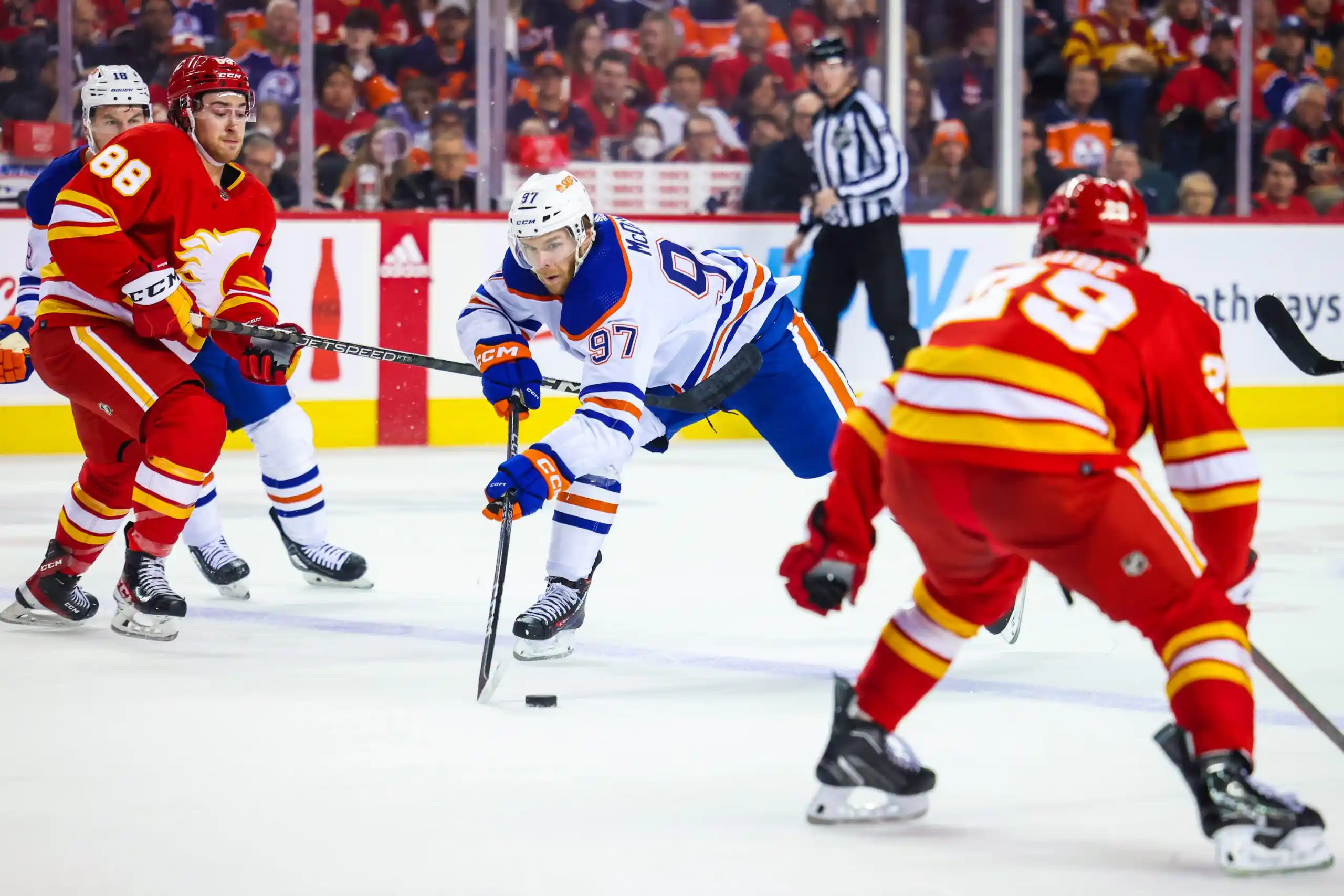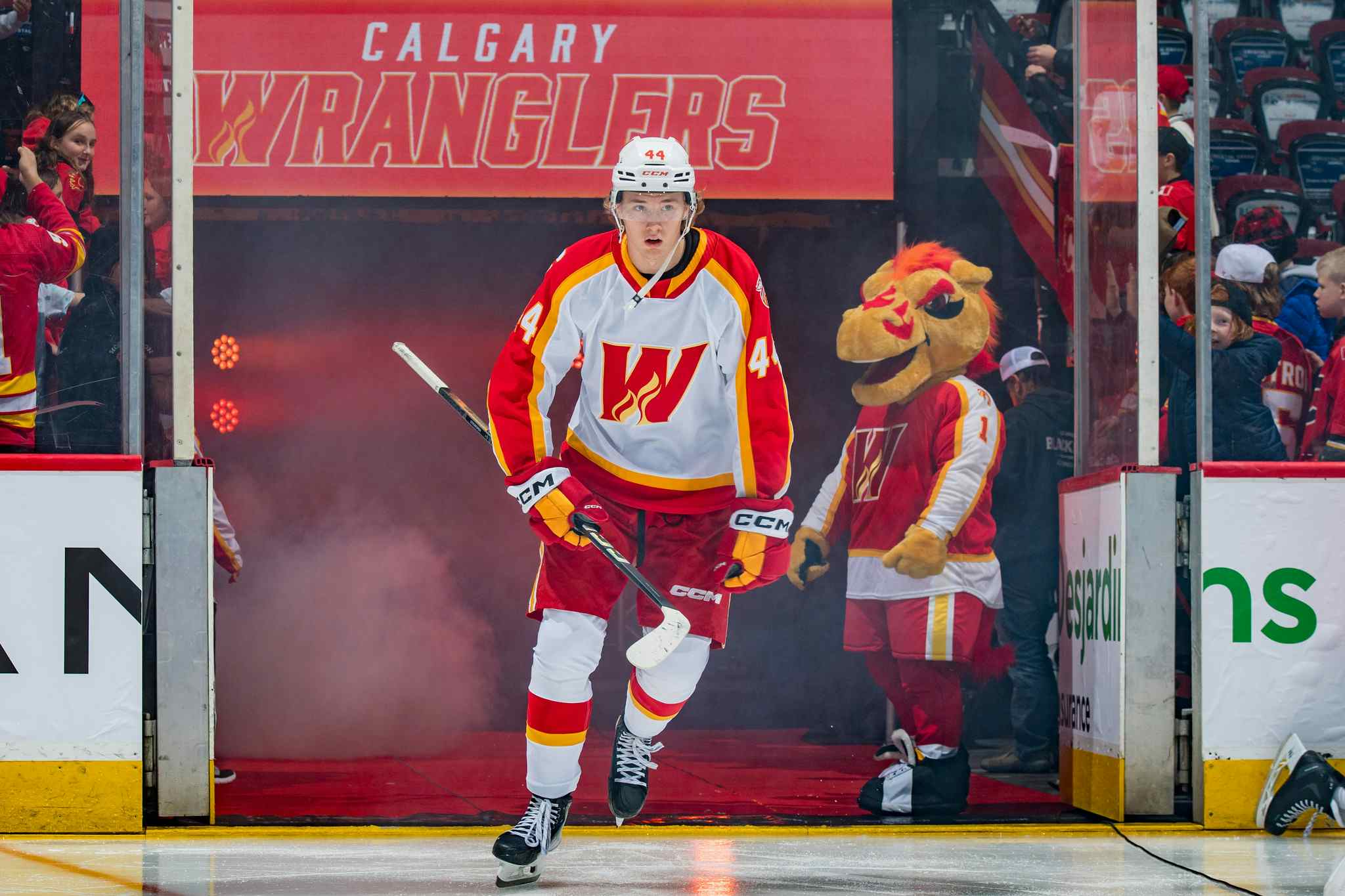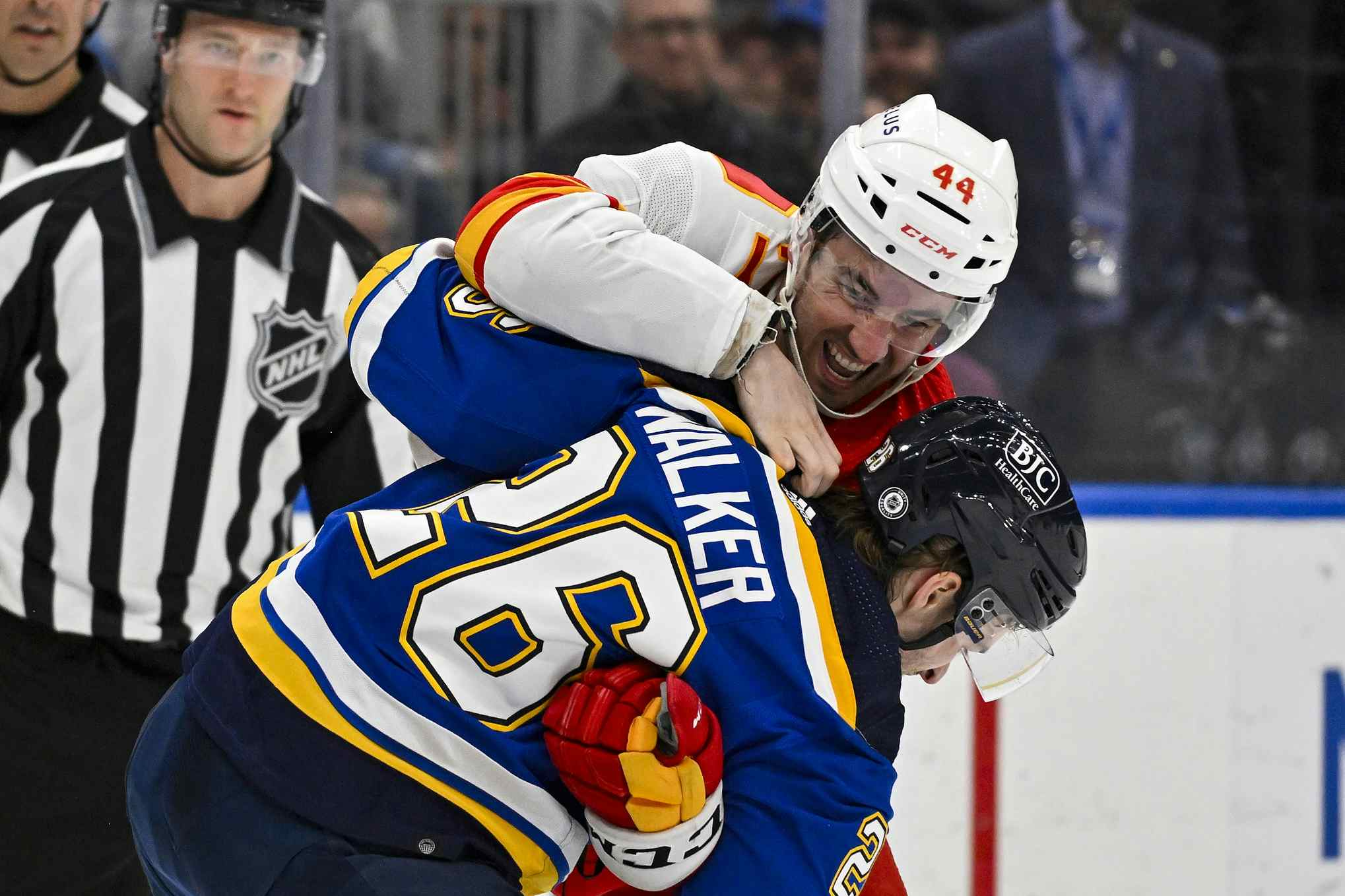Trade Deadline vs. Off-season
By Kent Wilson
13 years ago
In his recent (and excellent) News and Notes piece, Robert notes that the time for the Flames to sell off some big pieces may be the summer rather the upcoming trade deadline. And while I generally agree with him on that topic, the issue is probably a bit more complicated than that.
I have no problem with Feaster waiting until the deadline to see how things shake out, and if he just tinkers around the edges until this summer, that would be OK. That’s still the best time to remake a roster since teams have more cap flexibility, or more room to add Calgary’s dead weight, however you like.
Bob’s right. Sort of. In the summer, team’s have made their draft day deals and said good-bye to unwanted UFA’s. The window where everyone is flush is actually rather short, however. The UFA open market gets going on July 1 and most of the big spenders blow their brains out by the middle of the month. The Flames signed Alex Tanguay, Olli Jokinen, Raitis Ivanans and Tim Jackman on the first day of free agent madness last year. It was pretty much their entire budget. Sutter spent the rest of the summer trying to decide what do with his anchors. If he was shopping the likes of Cory Sarich and Ales Kotalik, he found no buyers – the market was awash with clubs trying to dump salaries and short on team’s willing or able to accept them.
The mad, auction-like atmosphere of July 1 drives managers into a feeding frenzy and tends to shift their focus to bidding on free agents rather than making swaps. Why move an asset for player A, if player B can be signed for "free"? The window for attracting your targets is also slim and prices can escalate exponentially. As a result, if you don’t move a big ticket early in the season, you may have issues doing so later. The best player to be traded in the summer last year was Simon Gagne and the return for him was…underwhelming.
The market forces that drive up prices on July 1 also operate at the trade deadline, except in favor of trades rather than free agents. Contenders and pretenders scramble to add pieces before the playoffs and there’s always a limited supply of sellers and useful players available. In addition, because cap space is prorated as the year progresses, most teams are able to add a big ticket without issue by the time the end of February rolls around. A player’s cap hit is reduced to about 1/5th of his yearly average salary by March 1, so Jarome Iginla @ $7M, for example, would cost just 1.54M in cap space for this season. Robyn Regehr would come in at about 880k, etc.
As Robert mentions, there’s no on-ice impetus for Feaster to rush into a big trade earlier rather than later. However, it’s certainly possible there will be better offers for some of the Flames big guns come the deadline relative to the off-season.
Recent articles from Kent Wilson





